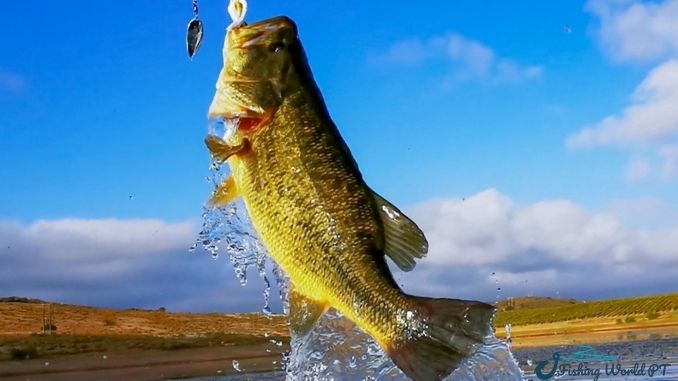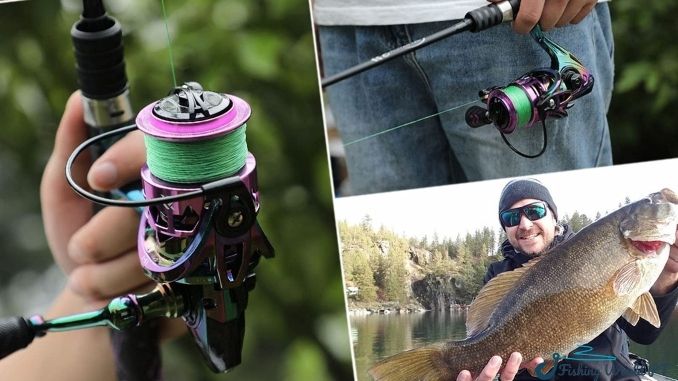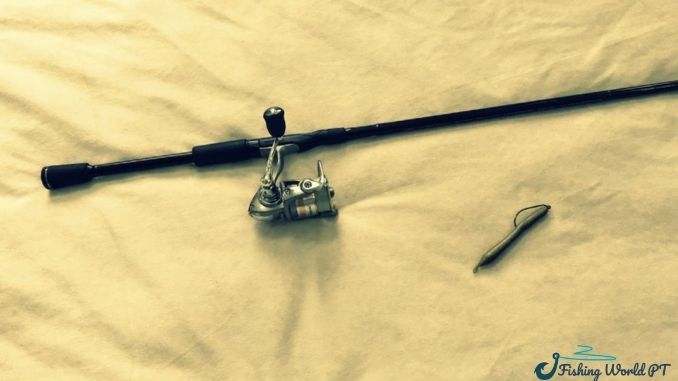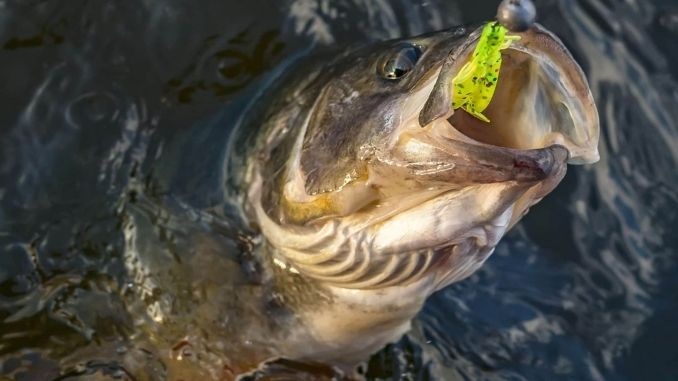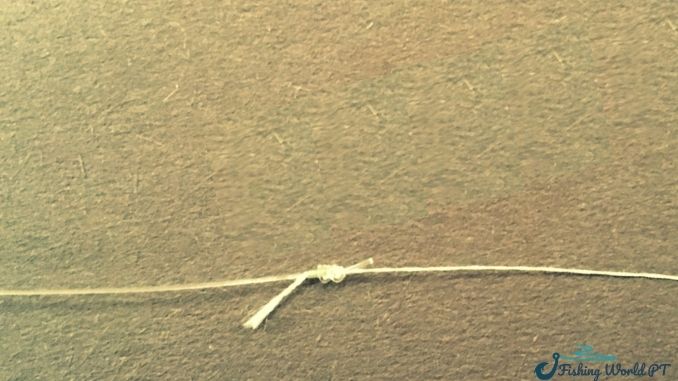Setting up fishing gear is always a daunting task for most anglers, especially those just starting. we are often bewildered when seeing the variety of bass fishing rod settings.
The main types of rods are casting, spincast, spinning rod, and numerous kinds of rods and their variations. So which rods should we choose?
When talking about heavier bass fishing, people often think of casting, not spinning rods. One thing has always been a front-line offensive weapon to bass purists. It’s probably pursuing power fishing.
However, it is not the only option. Most professional anglers—seasoned in the bass fishing world—use spinning rods for difficult situations when fishing for bass, most of the successful trips being attributed to it. Some people even find that the total amount of bass they catch with spinning rods is double that of baitcasting rods.
So, when should you use a spinning rod for bass fishing? When you need something easy to control, something perfect for finesse fishing but still enough power fishing, especially if you are a beginner, a spinning rod is the best suitable choice for you.
I’m only here to give advice, to help you make choices, not to choose any spinning rod or spinning reel for you. So when it comes to setting up your kit, it all depends on your preferences, goals, and habits.
For more information on setting up spinning gear for bass, refer to the article below.
All information about fishing gear setup
Spinning rod set up( bass fishing rod)
When it comes to finesse fishing tactics, in my opinion, a rod length of 6-7 feet is an ideal one for you to choose, it helps the rod to act at maximum capacity. It’s in perfect balance, short enough for accuracy, easier to move and handle, and long enough for longer casting distances.
However, you might adjust that spinning rod length to suit your needs to have an effective trip. For example, if you need a topwater rod, you will have to point the rod down towards the water during the retrieve to need a shorter rod.
In rod actions, medium or medium heavyweight is best suited for bass. It helps just enough backbone to put the hook in the bass’s mouth and enough force to hit heavier fish.
Besides, look for rods that are light and very responsive. You will have to feel the swimbait deflect off cover when you take it and determine if the bait is getting caught in other things.
Spinning reel setup for fishing
Once you have your rod, the next thing you need to take care of is the reel. To be able to both combine with your spinning rod and be suitable for finesse fishing, the spinning rod is your choice.
Reels often have lower gear ratios than baitcasters. Although almost spinning reel won’t be perfect for power fishing, it is a big plus for finesse anglers that need to move their lure or bait more slowly. A medium-speed model with 25-35 inches per turn is the most suitable retrieval speed for bass.
In terms of reel size, bass fishing will be better if using a reel with a size of 2500. we should know there are bass that goes over 10 pounds, and the results will be terrible if we use a super light reel with size 1000,2000 to fight it.
Line setup for bass fishing
There are three line types: monofilament, fluorocarbon, and braid, and you can use any line in these for your spinning setup.
However, using a 10-15 lbs braided line as the main line combined with a 6-8 lbs fluorocarbon leader line via a double uni-knot. At first, it can be pretty tricky for you to put these line back together, but after a few practices, you could master them.
Braided line can reduce tension, so when combined with fluoro, its sensitivity is higher, so you can feel every slight pull on the bait during the retrieve process and detect subtle bites.
The braided line is also smaller in diameter, which reduces friction with its surroundings and more durability. However, although the braid allows you to cast over longer distances, it is easily detected in water, so combining it with a fluorocarbon leader line is the optimal solution.
And a final advantage, using the mainline with 100% fluorocarbon is costly. That’s why braid is a perfect alternative for nothing but cheap.
Braided lines tend to float more in the water than other lines, so if you must your lure to stay submerged, use a long enough fluoro leader, preferably 20-25 feet.
Lures and rigs suitable for spinning gear
There are tons of baits for you to choose from. However, under 1/4 oz are always the best choices for the reel to catch, which is why the spinning kit is perfect for finesse fishing. Small shaky heads, Small worms, squarebill crankbaits, drop shot rigs, Wacky rigs are the best options, work best on spinning.
However, if you want to use baits that go over 1/4 oz like oversized jigs or deep diving crankbaits then set a casting gear will be a better fit for you. Although the baitcasting setup is more difficult for you when don’t know how to fishing it, with a little practice, I’m sure you can do it.
Advantages of using spinning gear for bass fishing
The reason why even experts in the bass world still ignore the casting rod and use spinning rod is because of the following things:
- Longer casting distance
- Less prone to backlash
- skipping lures immediately, without practice and backlashes
- allows your lure to sink straighter
- Optionally swap the right or left side of the reel
- Easy to adjust traction system adjustment
Those are the advantages of a spinning rod setup. I will not go into detail because I have mentioned it quite a lot in my previous posts on Fishingandhuntingsports’s Blogs; you can refer to it.
Conclusion
In short, you should have a spinning rod with you when fishing for bass because under challenging times, it will determine your success. No angler has a separate setup, right?
That’s what I want to talk about with you; I hope it can be helpful to you. I get used to helping my companions, especially beginners, to do better on their next fishing trips.
Further reading:
- Other info about fishing in Fishingworldpt
- Spin Your Way for Bass can be success
- Six Advantages of spinning tackle

